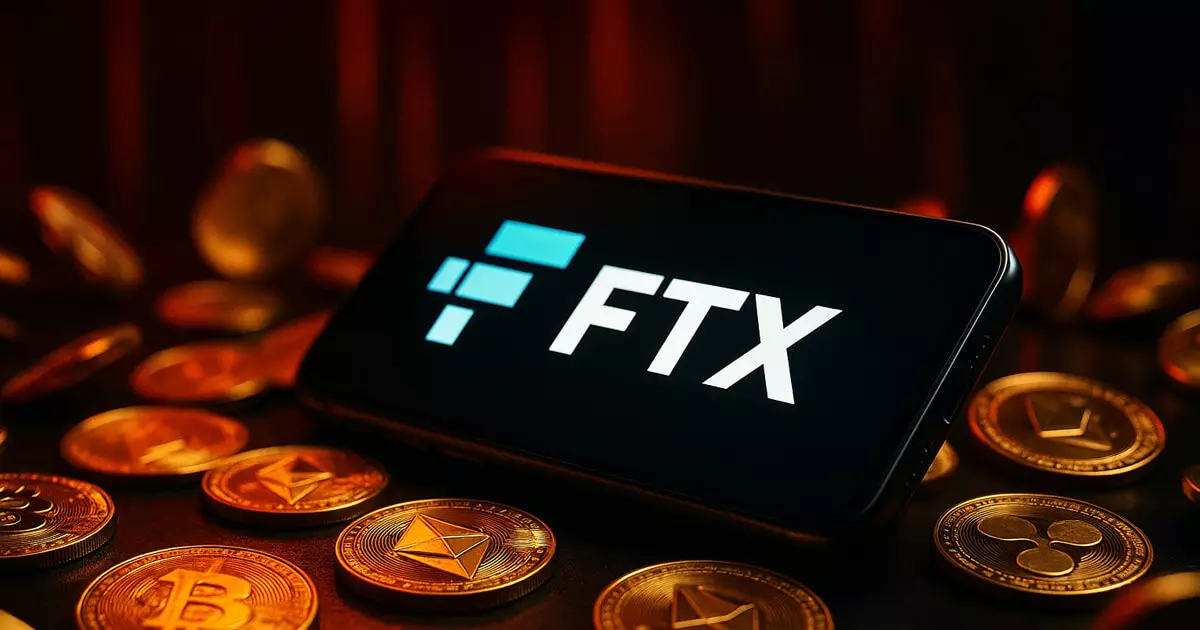The financial saga surrounding FTX is far from over, but recent developments signal a step forward that could renew faith in the beleaguered cryptocurrency exchange. BitGo’s initiation of the second phase of FTX’s repayment process has instigated a mix of hope and skepticism among creditors. While the announcement that user accounts would receive credits is a positive sign, the imposed lock on these funds until May 30 raises eyebrows about the transparency of this highly anticipated rollout. It seems like a perpetual game of waiting for FTX users, reminiscent of the painstakingly slow process of recovery after a calamity.
Unpacking the $5 Billion Distribution Plan
FTX’s Recovery Trust’s plan to disburse over $5 billion to approved creditors sounds promising on the surface. Facilitated by both BitGo and Kraken, this second wave of repayments aims to address the mounting dissatisfaction from those still smarting from the exchange’s dramatic collapse. However, the decision to tie repayment amounts to late 2022 crypto valuations rather than current ones raises significant questions about the fairness of the recompense. It’s disheartening to witness a progressive approach stymied by outdated metrics, particularly when Bitcoin has skyrocketed from sub-$20,000 levels to over $110,000. This disconnect leaves many creditors questioning whether their plight has been properly understood or addressed by the Recovery Trust.
Fiat vs. Crypto: A Dismal Trade-Off
It’s also crucial to mention that most repayments are to be made in fiat currency, an aspect that has not been welcomed by everyone. In a landscape defined by volatile cryptocurrencies, reverting to fiat for repayments feels like a betrayal to users who anticipated recovering their investments in the very assets they had originally trusted. The fundamental nature of cryptocurrency is revolutionized finance yet the adherence to fiat reflects a reluctance to embrace the entirety of this new paradigm, worrying many about the implications for the future of cryptocurrency exchanges.
Phishing: The Inevitable Dark Side
In tandem with these developments, the chilling reality of cybersecurity threats looms larger. With a surge in phishing attempts targeting FTX creditors, one can’t help but feel a sense of dread. The fact that scammers are able to exploit this precarious situation is a stark reminder of the perils that accompany digital finance. Sunil Kavuri’s warnings about fraudulent emails masquerading as official communications highlight the urgent need for increased awareness and vigilance among users. In an age where trust is paramount, these threats only serve to undermine the fragile credibility of the process.
A Call for Strategic Adjustments
Ultimately, the way forward for FTX is riddled with complex challenges. The Recovery Trust must reevaluate its approach to repayments, especially regarding how they communicate and implement these processes. Engaging creditors in a more meaningful dialogue about their grievances could mitigate dissatisfaction and restore confidence in the brand. Reevaluating the repayment structure to reflect current market conditions is imperative if FTX hopes to gradually shed its tainted reputation. The path to recovery may be fraught with pitfalls, but addressing these fundamental issues may help bring about a more effective resolution for all stakeholders involved.


Leave a Reply